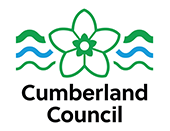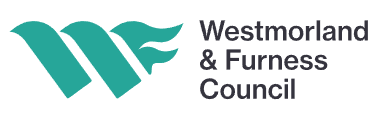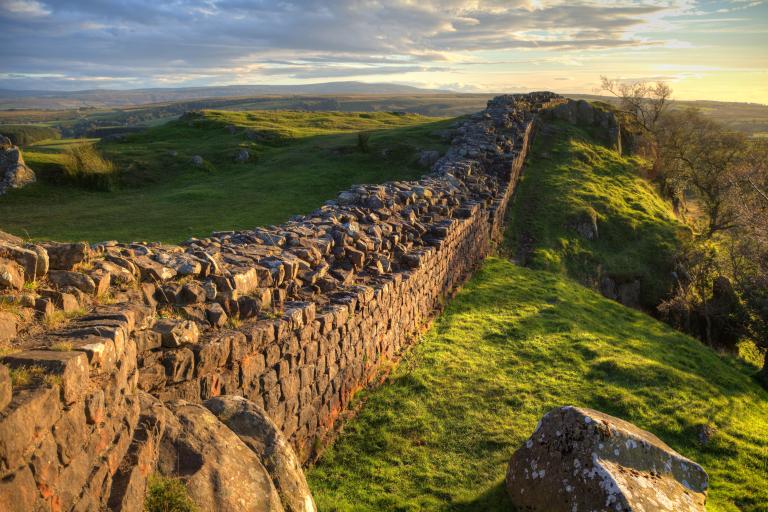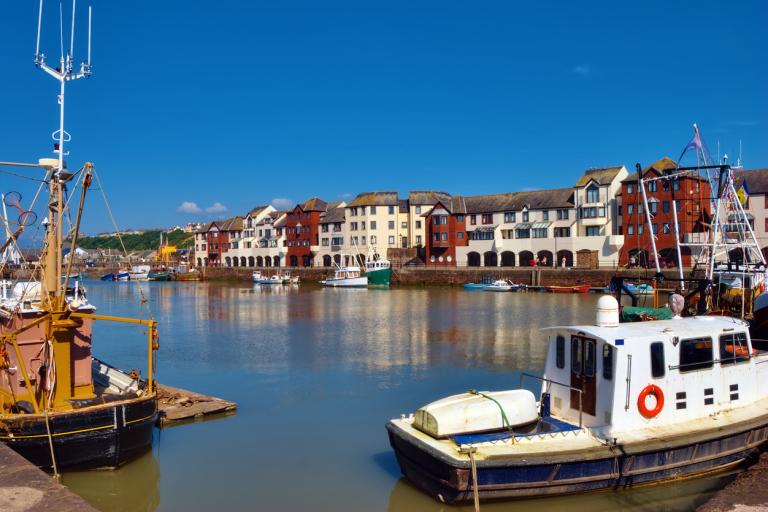Cumbria and its history

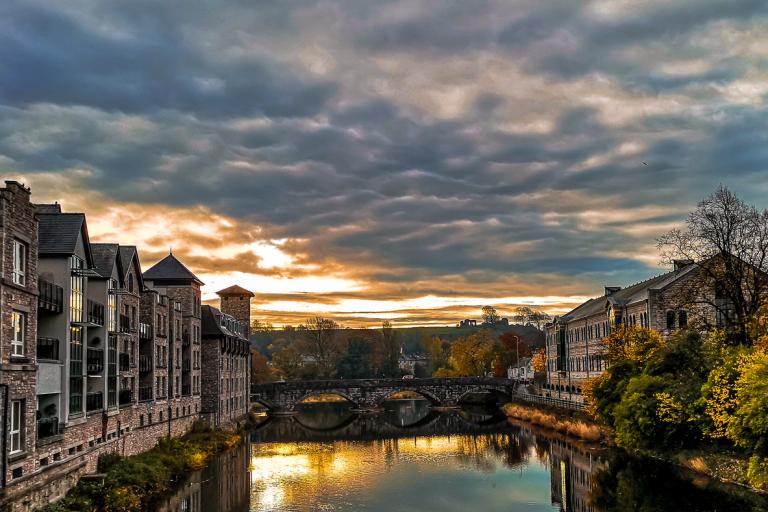
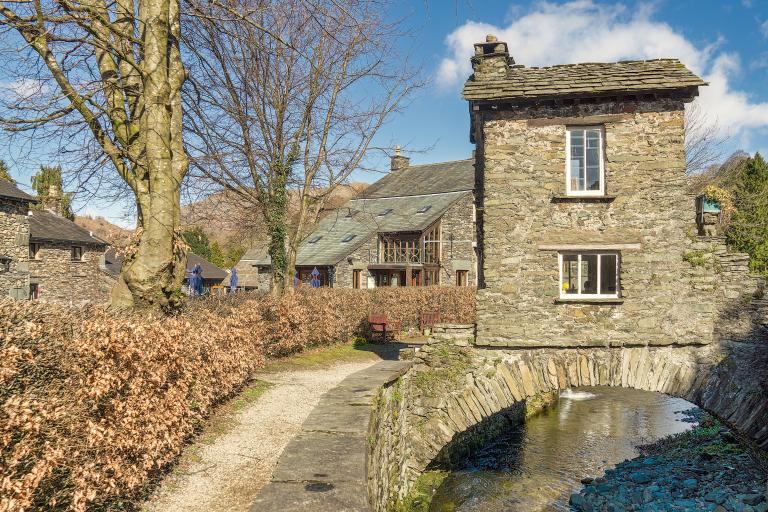
About Cumbria
Cumbria is the most north westerly ceremonial county in England and was created as a county in 1974 from territory of the historic counties of Cumberland, Westmorland, Lancashire north of The Sands and a small part of Yorkshire. Cumbria is well-known for its natural beauty and much of its landscape is protected: It contains the largest National Park in Britain – The Lake District which was established in 1951 and it also contains a small part of the Yorkshire Dales National Park.
The county is the third largest ceremonial county in England by area but the eighth smallest by population. It is predominantly rural, with much of its economy based on agriculture and tourism. Cumbria has an area of 6,768 km² which makes it England’s third largest county, but it only has seventy-three inhabitants per km2. It is the third least densely populated county in the country.
Cumbria's largest settlement and only city is Carlisle, in the north of the county with Barrow in Furness being the largest town in the south of the county. The county's population is predominantly rural and has the second-lowest population density among English counties.
The towns with a population over 20,000 people include Carlisle, Barrow-in-Furness, Kendal, Whitehaven, and Workington.
Carlisle
Carlisle is the main shopping, commercial and industrial centre for the north of Cumbria. The Romans settled there to serve the forts on Hadrian’s Wall. The Castle is a popular tourist destination and was first built in 1092 and rebuilt in stone in 1122. Over the years it has been a prison for Mary Queen of Scots and was a military garrison. Today the Duke of Lancaster’s Regiment is located there as is The Border Regiment Museum. Carlisle Cathedral is a medieval church of over nine hundred years standing and is the seat of the Bishop of Carlisle.
Discover Carlisle - a significant place since before Roman times and the largest city in England
Barrow-in-Furness
Barrow- in-Furness, a port town, developed from a 19th century hamlet and is located on the Furness peninsula. It is a large industrial town which is now a major ship building force in the country. It has wonderful beaches with nature reserves and bird sanctuaries, entertainment hubs and an interesting Viking history. Find out more about Barrow In Furness
Kendal
Kendal is located on the edge of the Lake District and is a very busy market town which is famous for its Mint Cake which is eaten all around the world. It was granted a market charter in 1189 and has a long history as a wool centre. There is a community hub providing entertainment, the beautiful Holy Trinity Church and there are many stunning walking and cycling routes. Find out more about Kendal
Workington
Workington, located at the mouth of the river Derwent is a market town with a lengthy pit and coal exportation history. It developed into a port town then diversified into light industry. Today there are a number of museums, a theatre and a permanent outdoor 3D sound performance space which is the only one in the UK. Find out more about Workington.
Whitehaven
Whitehaven is a Georgian town established in 1633 as a fishing town. It was built on mining and shipping and was once the largest ports in the country. It is a gateway to the Lake District and hosts the Beacon Museum and the historical marina. It has an incredible coastal path from Whitehaven to St Bees that follows the impressive cliffs. Find out more about Whitehaven
Statistics about Cumbria
To find out more statistics about Cumbria (such as Health and Social Care, Housing, Crime and Community Safety) visit https://www.cumbriaobservatory.org.uk/
Lake District National Park
The Lake District National Park is England's largest and covers 2362 square kilometres. It was established in 1954 and its highest mountain is Scafell Pike at 978 metres (3210 feet). Woodland covers 12 percent of the Lake District National Park, around 28,500 hectares and 40,478 people live within the boundaries of the National Park. (Source: Mid-Year 2018 Office for National Statistics Population Estimates). The main source of income in the Lake District is tourism and there are 55,690 hectares of Sites of Special Scientific Interest.
To find out more about the Lake District National Park visit
Home : Lake District National Park
Yorkshire Dales National Park
The Yorkshire Dales National Park was created in 1954. Most of the National Park is in Yorkshire but almost one-third of it falls within Cumbria. It encompasses the market town of Kirkby Lonsdale on the Lancashire border in south Cumbria to Appleby-in-Westmorland in the north.
To find out more about the Yorkshire Dales in Cumbria visit:
Local Authorities in Cumbria
The administration of the county is undertaken by two unitary councils with Cumberland Council covering Allerdale, Carlisle and Copeland and Westmorland and Furness Council covering Barrow, Eden, and South Lakeland.
For more information on the unitary authorities, follow the links:
